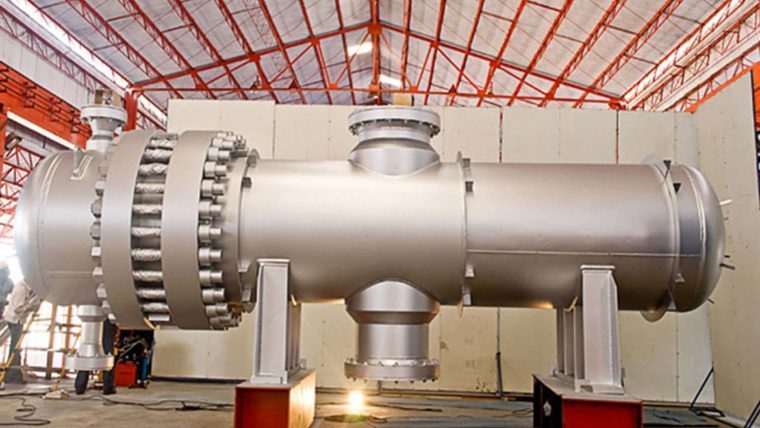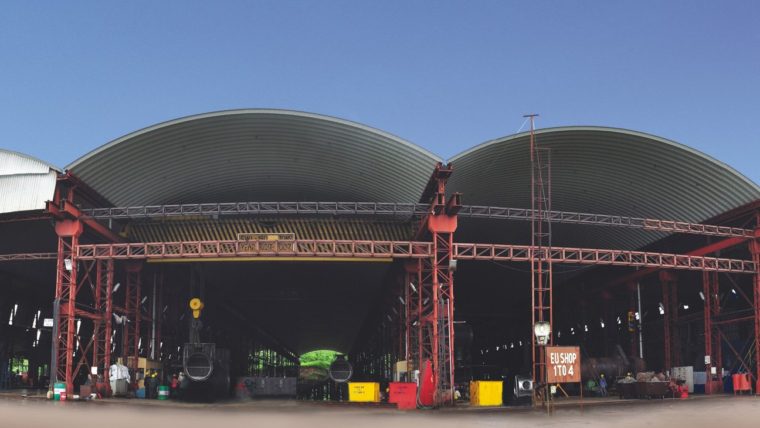We defined vision as a desired future state in my last post and stated that a shared vision is powerful. We have discussed about the challenges involved in casting this vision. We finally concluded that visionary and inspirational leadership ensures this vision is owned by all in the organization.
In this post I will share how an organization can reach this desired future state.
Traditionally people jump to formulation of strategy and subsequent implementation to accomplish the desired future state. However, of foremost importance in this process of realizing vision is assessment of the current situation. SITUATIONAL ASSESSMENT is the vital link that connects VISION and STRATEGY.
Understanding an organization’s current strengths and the environment in which the organization finds itself can be termed as SITUATIONAL ASSESSMENT. This analysis of the current situation provides the context in which strategies are implemented. Strategies which are formulated bypassing this crucial step are bound to fail. Failure to accurately analyze the situation also contributes to failures of strategies.
So the golden chain is to first understand the importance of vision, conceive a vision, see to it that everyone owns it, do an accurate situational assessment, formulate strategies, implement them and finally evaluate the effectiveness of the strategies.
At face value they may seem very easy; conceiving a vision, accurately analyzing the situation and crafting a strategy. But in reality these activities are very difficult as they have to battle two challenges CHANGE and UNCERTAINTY.
We know that CHANGE is a reality that none in this world can escape. If there is anything constant and unvarying it’s CHANGE.
The world we live in is changing all the time. From an internal perspective the organizations own capabilities and resources are changing. The skills sets of the employees are being upgraded and the material resources of the company are either augmented or depleted.
In a similar manner the external environment is also changing very rapidly. The change is due to the technological advancements, government policies, consumer needs and so on.
The internal and external environments of an organization are in a state of continuous flux.
This continuous state of flux ushers in the enormous challenge faced by business strategists UNCERTAINTY. The degree of change and the complexity of the situation add to their woes.
These embattled strategists in order to craft strategies that yield success and deliver results have to learn how to cope with CHANGE and UNCERTAINTY.
What comes to their rescue is periodic situational assessment of changes within the organization and its external environment. This provides the much needed understanding of the internal and external factors that create conditions for success and failure and form the building blocks for crafting an effective strategy.
In my formative years, as I was learning the ropes of entrepreneurship, I faced both these challenges – CHANGE and UNCERTAINTY, in fact as an organization we still face them and grapple with them.
We are in the engineering and manufacturing space of the Oil and Gas industry, and we have witnessed the sea of change the industry underwent. There were long phases of great uncertainty. Amidst great uncertainty surrounding the sector, I can with head held high state that we came out unscathed. We understood change and handled uncertainty better than our peers and successfully preempted them by factoring them into our business strategies.
In the early nineties we foresaw that company’s which embrace digital technology in design, drawing and engineering will succeed so we started computerizing our designs which gave us a competitive edge. We foresaw opening up of the Indian market post 1991 economic reforms and augmented our manufacturing capacities in a phased manner and were successful in meeting the ever increasing engineering and manufacturing demands. We also anticipated setting up of new refineries and revamping of the existing ones to increase the national refining capacity by the government. To meet the equipment requirements for this major change we entered in to technology tie-ups with overseas technology providers and successfully manufactured custom built equipment that assisted in this revamp.
In oil and gas industry we understood the unique requirements of our clients and developed patented technology for their critical high pressure high temperature applications called SCREW PLUG HEAT EXCHANGER with Added Steel Ring on the channel barrel, which is like a soothing balm to all their pain areas. We are first to manufacture the super critical range of power plant equipment and exotic metallurgy Floating Production Storage and Offloading (FPSO) equipment in India.
If we were able to formulate strategies to achieve success of this proportion, it is only by accurately assessing internal changes in the organization, changes in the external environment and gauging accurately the degree of uncertainty as part of the SITUATIONAL ASSESSMENT periodically. In conclusion, the answer to the question WHAT’S NEXT AFTER VISION is SITUATIONAL ASSESSMENT to counter CHANGE and UNCERTAINTY and accordingly craft STRATEGIES for SUCCESS.

